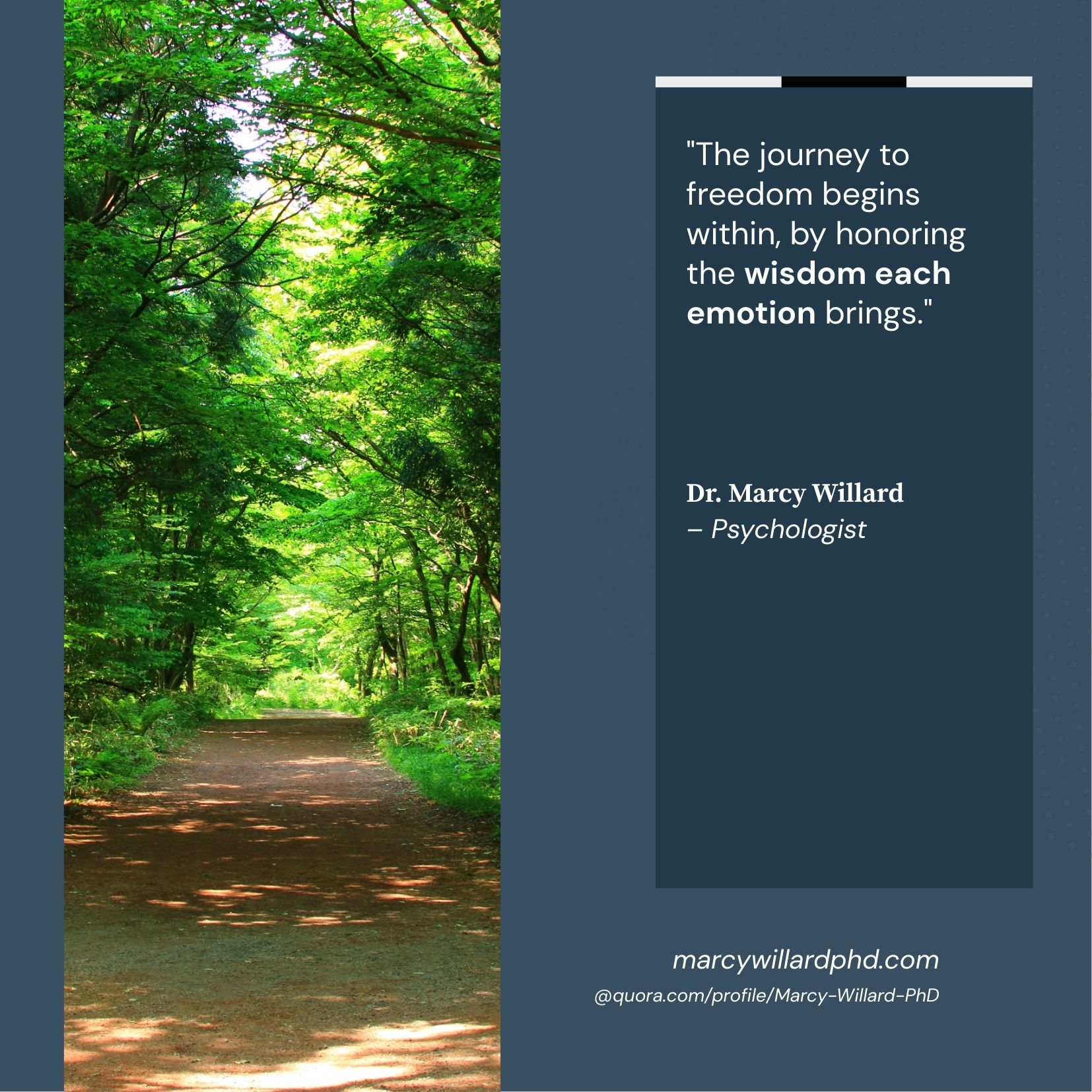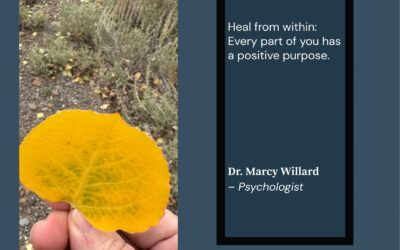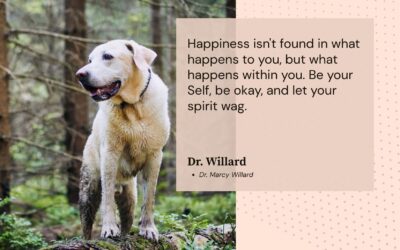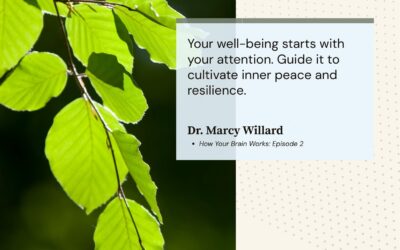How Your Brain Works
Feel the Feels
Episode 1
Ever feel like you’re drowning in emotions you’d rather never hear from again? You’re not alone! Our feelings have a sneaky way of making themselves known, often waiting in the wings for our attention.
What’s really wild is that the feelings we don’t want are often the root of our biggest fears. We shy away from situations because of the emotions we anticipate. Take “depression,” for instance. While not a feeling itself, we often fear it, believing certain problems will lead us down that path. And let’s be real, nobody’s lining up for a one-way ticket to Depress-ville.
So, what is depression? As a psychologist with over two decades in the trenches, I can tell you it’s not just sadness. You see it in people’s eyes, but it’s more than tears. Depression is a complete energy drain, an absence of joy, an emptiness where feelings used to be. Most people will tell you that nothingness hurts more than any specific sadness. Things that once sparked joy? Crickets. And yes, there are physical symptoms: sleep and eating thrown off, and there can be a slow-down (we call it “motoric slowing” in the clinic, but in real life, it means moving at a snail’s pace). Even tiny tasks feel monumental.
Now, while most people want to escape depression, some have become so familiar with it, they’re actually scared of life without it. They might hesitate to move forward, worried they won’t “be themselves” outside of it.
Good news! Prolonged suffering is optional.
Seriously.
In our modern world, who hasn’t dabbled in depression or at least some serious emotional turmoil? Our culture loves buzzwords like “trauma,” “gaslighting,” “boundaries,” “narcissism,” and “rejection sensitivity.” And while these have their place, popular culture often pushes this idea that the outside world is causing all our problems. It’s like we think if we just armor up, we can maintain our peace.
But here’s the catch: “maintaining our peace” assumes peace was there to begin with, which, let’s be honest, it usually isn’t.
So, what’s our escape route? We need to understand the purpose of these feelings. I used to say there are no good or bad feelings, just feelings. Now, I know better. There are high-resonance and low-resonance emotions. Psychology has taught us that some emotions support life, while others are deceptive and prey on life. Shame and humiliation? Bottom of the “power scale.” Apathy, hopelessness, despair? A rung up, but still powerless. Then fear, anxiety, and a bit higher: disappointment, craving, denying.
Can you guess what’s at the very top of the “negative” emotions, just before positive feelings emerge?
Anger!
Yep, anger. It’s the king of distressing emotions because it carries power and provides the energy to do something about your predicament. Right after anger, we see emotions like courage and pride surfacing. And just above that?
Neutrality.
Not happiness! Our culture often thinks if we’re not sad, we’ll be happy. That’s a huge miss! Sadness, akin to grief, isn’t the worst thing you can feel. In fact, think about its purpose. It often arises from the loss of love – kids leaving for college, a breakup, a move across the country. We feel sad because our lives have shifted, and a love we cherished is no longer part of our daily rhythm. Is that a problem? Nope. Your brain and heart are conducting the symphony of your life. Without love, we wouldn’t feel sadness. And without sadness, how would we truly know joy? It’s impossible.
The good news is, while sadness is inevitable, the suffering that comes with it is not. The issue isn’t having feelings; it’s what we do with them.
Here’s a method that works, whether you’re a therapy pro or a total newbie: Just say it out loud. My favorite psychologist, Dan Siegel, says, “Name it to tame it!” I love that. So, say to yourself: “Sadness is here. And I am okay.” Yep, I’m serious. Say it aloud: “I feel sad. That’s okay.”
Notice, we do not say, “I am sad.” YOU are not sad. You are a conscious being who is capable of feeling a whole range of emotion. One of these emotions is sadness. That is reality. You are not your feelings. You are the one who has the capacity to feel all the feelings. You have a job to do. Just feel it.
Go toward the sadness.
Your next step is key: Go toward the sadness. Listen to a melancholic song, flip through photos that tug at your heartstrings. Take a few deep breaths. Now, thank sadness for visiting and let it make its way out the door. It was a guest. It stopped by. Let it go.
On the other side of sadness? Every good thing.
What’s on the other side of these painful feelings? Every good thing. Once sadness departs, people typically notice fear, desire, or anger. Excellent! Welcome those too. And what happens next?
Then, you are alive again.
We see this consistently in psychology: on the other side of those tough emotions are pride and courage. That’s you, the better part of you – your consciousness, your wise mind – now focused on intention and courage. From this place, your actions will be brave and smart. You won’t be acting out of a desire to protect yourself from pain. You’ll be acting from a place of freedom. Your choices will be informed by what truly matters to you: not self-protection, but love, peace, and freedom.
You are free.
The big takeaway from this episode: Feel the feels. Prolonged suffering is optional. Whatever emotion is visiting is just here for a moment to help you process the situation. Give that feeling its day in court. Let it speak. Listen to it. And you are free.
Resources for Emotional Wellness
-
- David R. Hawkins, M.D., Ph.D. The Map of Consciousness Explained: A Proven Energy Scale to Actualize Your Ultimate Potential. Amazon.
- Daniel Siegel & Tina Payne Bryson. The Whole Brained Child. Amazon.
- Wesly Feuquay M.Ed. 20 Minute Transformations: A Coach’s Toolkit for Rapid, Reliable, and Revolutionary Change. Amazon.
About this series
Dr. Marcy Willard is a child psychologist with decades of experience who has helped thousands of families. Now, in this empowering series, she shares simple, science-backed ways to understand your brain better. You’ll gain practical tools to find more meaning, purpose, courage, or calm in your life. Whether you’re seeking a moment’s peace amidst chaos or simply yearning for more, this series delivers practical wisdom for your journey of mental health and wellness. Enjoy! – Dr. Marcy




